A Guide to Building a Minimum Viable Software Product
Posted by Tech.us Category:
In the past, the launch of a new product or business meant that it was 100% complete and fully operational. No one would have dreamed of deploying technology like an app with only its most basic feature running. But times have changed, and entrepreneurs have seen the error in their ways.
You see, no matter how much time and effort you spend validating and researching, no product will ever be perfect. A more effective approach is to get products in the hands of consumers as soon as possible. Businesses today refer to it as MVP or minimum viable product.
What Is an MVP?

Conceptualized by writer and consultant for startups, Eric Ries, a minimum viable product or MVP is a development method. This technique focuses on developing software products or websites with enough features that would be satisfactory to early adopters.
The completion and addition of all final features will depend on the feedback received from these initial users. Only then will these additions be designed and developed. The primary goal of the MVP is to provide the developers with immediate user feedback to improve the product.
Since the agile method is formed on both validating and iterating products that hinge on the input of users, MVP plays an integral part in agile development.
Why Is an MVP Important to a Business?

There are countless instances where companies or startups are based primarily on a concept that focuses on a new product or new service that is considered as a primary solution to a current consumer pain point.
Many established companies roll out products based solely on their initial concept. The trouble with this more often than not is that the product’s reception is not what they had hoped it would be. This is usually the result of selecting the wrong target market or producing something that is not captivating enough.
By utilizing the minimum viable product method, companies can reap the following benefits.
MVP Helps a Business Test the Product Out in a Real Market
Product testing is commonly done internally. However, there are varying factors that the real market contributes, like trending technologies, market growth, and the economy. And the best way to understand and analyze these factors is by releasing the product in the market and then using its performance for evaluation purposes.
Determining the Product Features Is the Primary Focus of the MVP
During the developmental phase of the project, the team must always be concentrated on the needs of the end-user. Failure to focus on these needs may result in a complicated product that has lost its core value.
It is not unheard of to lose focus on what the true value of your product is meant to be, especially when you come across add-ons that you think would be beneficial to your project. And it is the addition of these unnecessary features that could contribute to the product’s downfall. Applying the MVP technique ensures that the development team is able to stay on track with the business goals and the primary needs of the consumers.
Using the Minimum Viable Product Method Encourages Efficiency
When you focus on just the main features of the product during its development phase, you are able to cut down on costs. You eliminate waste of resources, and you promote a working environment that is productive yet efficient. Rather than having developers waste time creating a product that may or may not be a success, efforts are best geared towards the creation of a paired down version that still delivers the fundamental solution the end-user is after.
Revenue generated from a successful beta release can then be used to fund product improvements, such as bug fixes and the addition of features that are based on your consumer feedback.
On the other hand, should the MVP receive poor market results, then the company can opt to move forward and make adjustments or scrap the project entirely. Either way, time, effort, and resources are managed better to avoid unwarranted expenses.
Improve on the UX and the UI of the Technology
You and your team can conduct many product tests within the organization but will still fall short of understanding whether your UX and UI are up to par with the real target market. Although you may have a bit of a notion as to what the market wants, getting feedback that is unbiased and unfiltered based on the experience of the actual user helps you make the right improvements.
As the creator of software or a product, you already know how it is expected to work. Working your way around the finished item is easy because the fundamentals are clear to you. But what about the end-user? How big of a learning curve is necessary for them to find value in the product? Was it easy for them to understand how it works, or were they confused by functions? These are considerations you can use for the improvement of new product versions.
The Lean Movement and Its Relation to Minimum Viable Products

Countless established companies with years of experience probably have their traditional business model memorized down to the last detail. But the problem with this old formula is the lengthy development cycle. A lot of the company’s resources become tied to a single product for a period of time with no assurance of its success, making it a risky venture.
This has all changed thanks to the emergence of the lean startup movement. The Lean movement is a method of developing businesses and products with a development cycle that is much shorter and is able to help determine if the proposed project is viable or not. Lean startup puts much weight on the importance of consumer feedback and flexibility over intuition and planning. The method enables early identification of issues and corresponding resolutions.
Does that sound familiar? It should! Because the minimum viable product is a technique that falls within the lean movement. They both operate on the core concept of reducing risk by producing a working product, testing its viability, and using feedback to make necessary changes before iterating.
How Agile and Minimum Viable Product Go Hand in Hand

You cannot talk about the lean movement and MVP without agile management and agile sprints. Agile revolves around iteration, testing, and using feedback data gathered from the testing for the next iteration. And agile sprint produces the software product iterations in a quick manner. The overall approach of agile is focused on the experience of the consumer, collaborative development, and how the customer feedback is adopted.
But wait! Where do these interactions come from in the first place? Your minimum viable product is your first iteration. As a stand-in or beta for the original, the MVP needs to function reasonably like it. Minimum viable products are the key components that will make an iterative process like agile work.
The main point of the MVP after all is to create a rough draft or version of the product with the intent of obtaining user feedback through it. The faster you are able to get feedback, the sooner you can make necessary changes, giving you ample time to recover and adapt to them. It also reduces risk and eliminates potential waste.
In Summary
Building a minimum viable product is meant for you to test the waters without the risk of having to invest in it too much. This not only applies to the financial aspects, but it also pertains to other proponents of launching something new. It involves the time, resources, and effort that goes into its creation.
Startups often fail because the entrepreneur is more than willing to bet everything on the success of a fully formed product. What was never put into consideration is how the only thing constant is change. If a concept initially showed promising results based on initial research and interviews, what is the certainty that by the time your amazing product is fully completed, the market is still interested in it? So, you end up left with a finished product that very few or, worse, nobody wants.
When you start with an MVP, you get to test how viable it is. You aren’t marketing an incomplete product per se—just version one with key features. The feedback received from this product can then be used to create your version two, three, and beyond. Or if the product did not gain as much traction as expected, you can opt out and move on to the next idea.
Ultimately, the method ensures you have a market and you pioneered a product without making wasteful investments. You now also have a roadmap to use for your next iteration that your market anticipates. And you do all of this without facing too many risks that are difficult to recover from.

Trusted by:

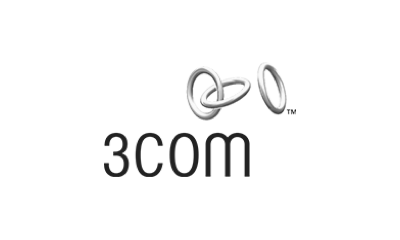
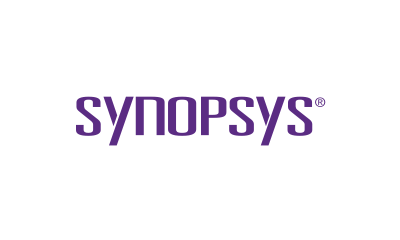
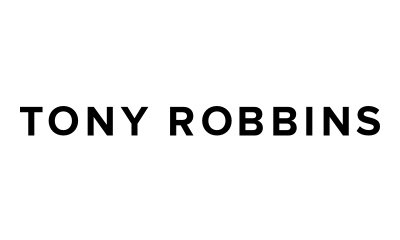
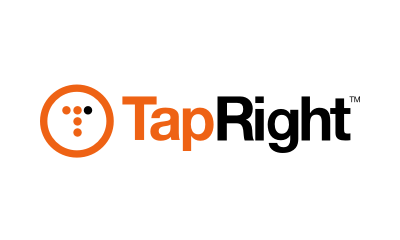
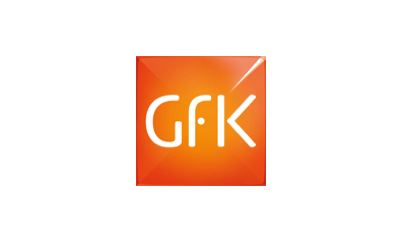
We are a team of technology experts who are passionate about what we do. We LOVE our customers. We LOVE technology. We LOVE helping you grow your business with technology.
Our Company
Our Services
Talk To Us
We are a team of technology experts who are passionate about what we do. We LOVE our customers. We LOVE technology. We LOVE helping you grow your business with technology.
